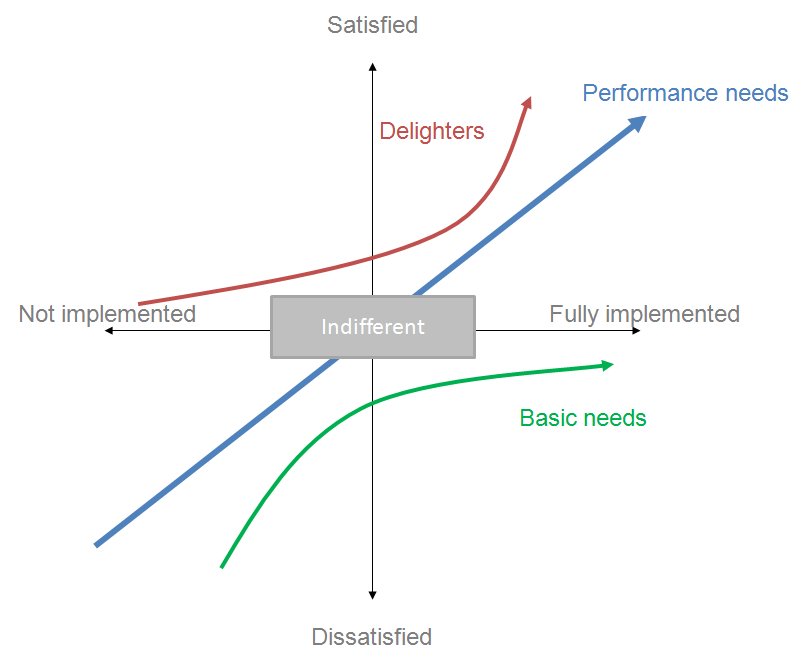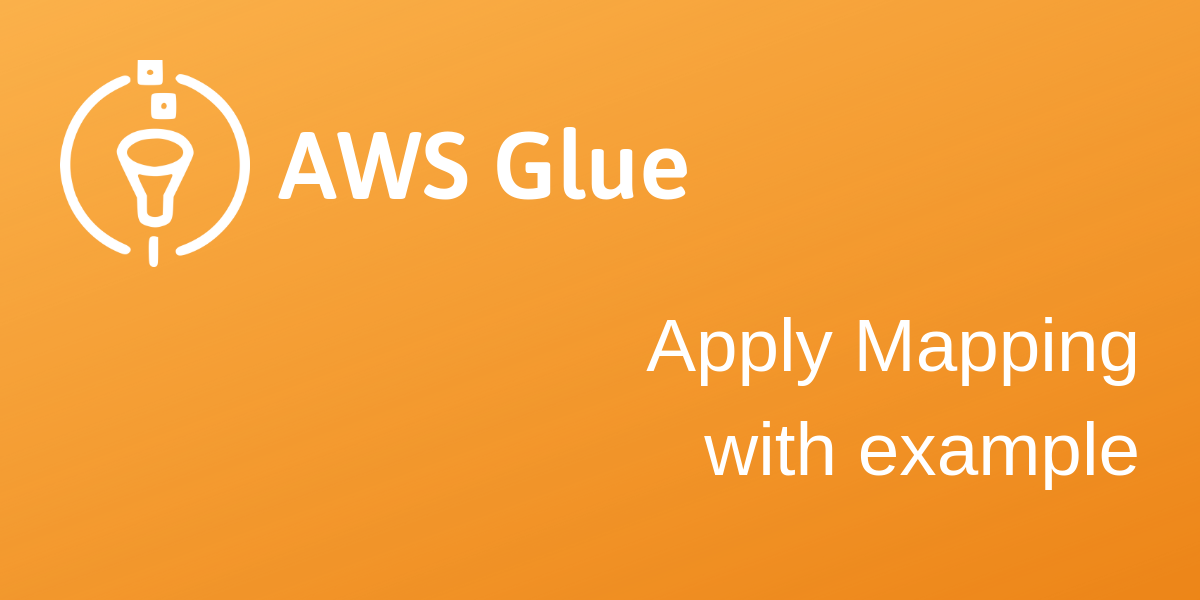Prioritize your features with the Kano method
Prioritizing new features requires intuition, but it can definitely be made better by using data. As there's always a limited amount of bandwidth to do stuff, you need to relentlessly prioritize what to do next. An easy way to fail is to be too busy doing the wrong things.
I recommend reading the very thorough piece on the Kano model on foldingburritos.com. The reason I like the Kano model is that it puts you back on the driver's seat:
Beware letting your customers do prioritization for you
Open innovation was a big thing in the early 2000's. Companies such as iStockPhoto, Threadless and Lego rode to success in collaboration with their customers. We read The Wisdom of Crowds by James Surowiecki, published in 2004, on how to count how many jelly beans there are in a glass jar. In 2006, the Wired magazine coined the term Crowdsourcing to describe how users create valuable content for companies. Companies such as GetSatisfaction and UserVoice were created on the premise that it's the most efficient way of hearing the Voice of the Customer.
Everyone jumped on the bandwagon to democratize feedback. But do we read about those anymore? No. Why? Because it doesn't really work that well.
Have a look at some of the User Voice sites, for example Microsoft's Xbox and Azure. You would think that with such massive user bases the top requested items should be pure gold, but they're not. To make things worse, most of them have received no reply as to why they're not being considered.
After instructed to do so by their customer support, I recently added my 2 cents to a request at HotJar, something that made it impossible to continue using it at Zervant. After that, it's the usual treatment: silence. While this was critical for me, it's clear it's either complicated to implement, not that common a problem or doesn't fit HotJar's product vision.
There's the whole problem: your customers don't know what's valuable to your other customers, how much effort something takes to do and what you have planned for the future roadmap. You might still be focusing on core features, while your success has already aroused the interest of the Chinese (1.2 bn), Spanish (400m), Hindi (370m), Arabic (250m) and Portugese (215m) speaking populations eagerly asking for you to add language support. Imagine what listening to that would do to your product roadmap.
Feature priorities in Kano model
|
Use a proven method: Kano
Like said, prioritizing feature requests is quite difficult. If you ask a customer if they would like features X, Y and Z, they will want them all. You also don't necessarily want to keep on adding more features, unless they are really critical to your competition. There are plenty of products and services that have succeeded in avoiding feature fatigue (a term coined as late as 2005 in a publication by Thomson, Hamilton and Rust), think of Dropbox, When stakeholders are proposing new features, you need a way to understand how they actually fit with your customer base.
I recommend reading the very thorough piece on the Kano model on foldingburritos.com. The reason I like the Kano model is that it puts you back on the driver's seat:
- You choose what features you want to prioritize. That way you can be sure they will fit your roadmap.
- You choose who you ask, so you know they are a sample of your target group.
- You control the results: it's not out there for anybody to hold against you.
- You get rich data.
So how do you run a Kano study? I still suggest you have a look at the foldingburritos article, but in short:
- Gather a list of the value propositions you are considering. This can include existing value propositions you are considering to drop.
- Formulate two questions from each, a functional and dysfunctional one, functional meaning the case where the value can be provided and a dysfunctional meaning it is missing. The question needs to be such that it asks how the respondent feels about such a situation. For example:
If data can be easily shared between multiple devices, how do you feel? and
If sharing data between multiple devices requires significant effort, how do you feel?
- Give the same alternatives for both on an axis from pleasure to avoidance of displeasure, e.g.: I like it, I expect it, I'm neutral, I can live with it and I dislike it.
- Optionally, add a question for how important the topic is for the respondent. This makes the survey cognitively heavier, but is sometimes worth it.
- Run your survey. When you analyze your results, depending on how an individual has answered both questions of the same value proposition, you can say how many of your respondents consider the item a must have, a "more is better" -type of a thing, a delightful improvement, negative or irrelevant. Be sure to check the foldingburritos article on how to do the categorization and how to weigh different answers.
That's it, nothing more to it really. Let me know if you found this helpful.


Comments
Post a Comment